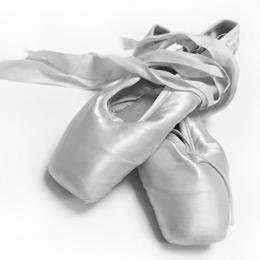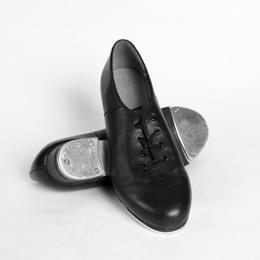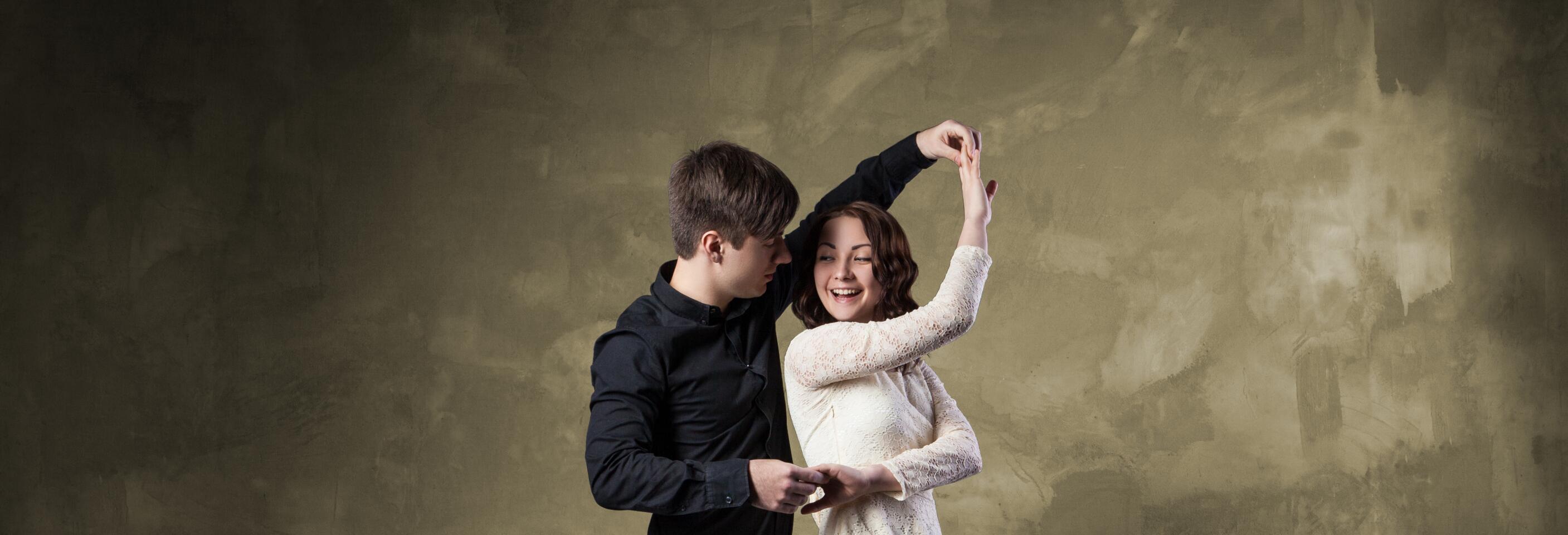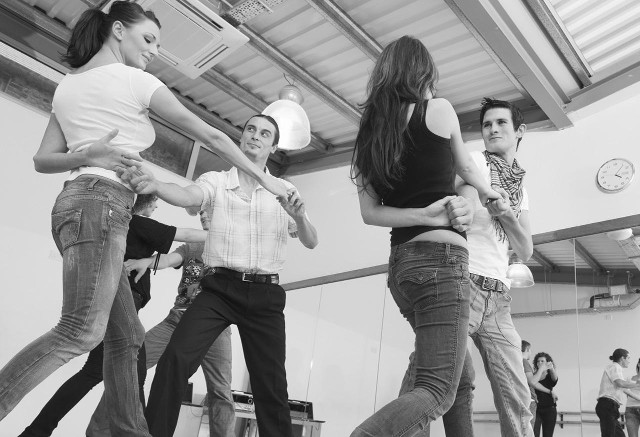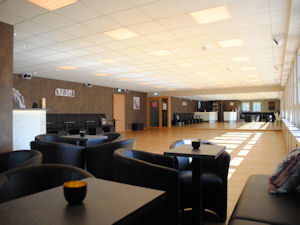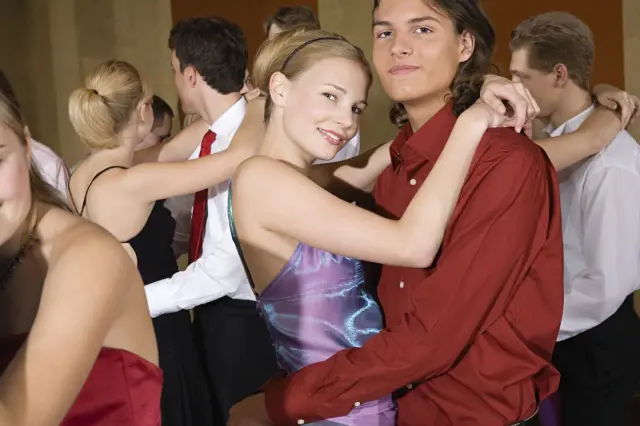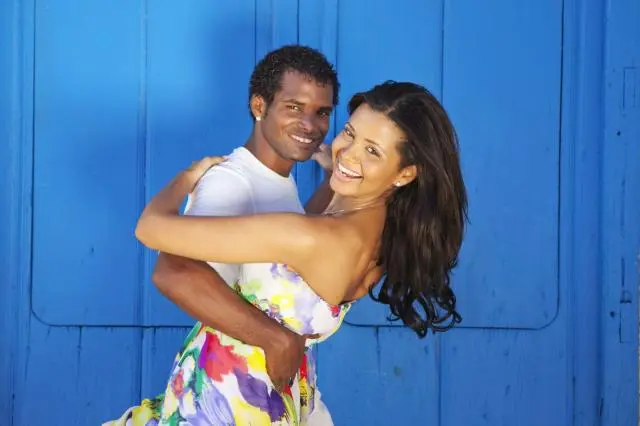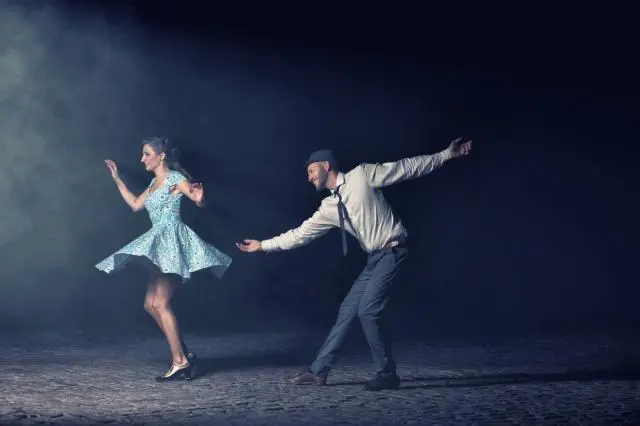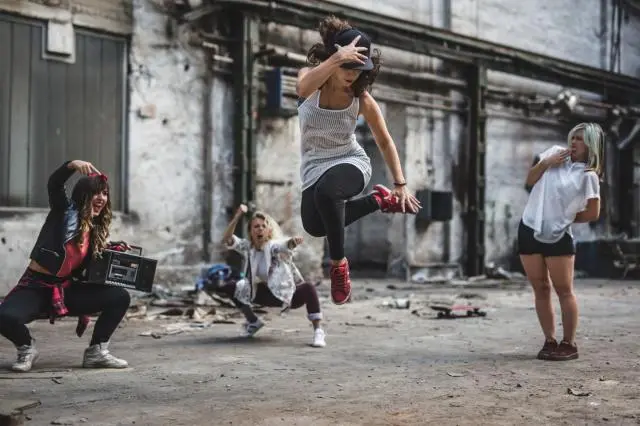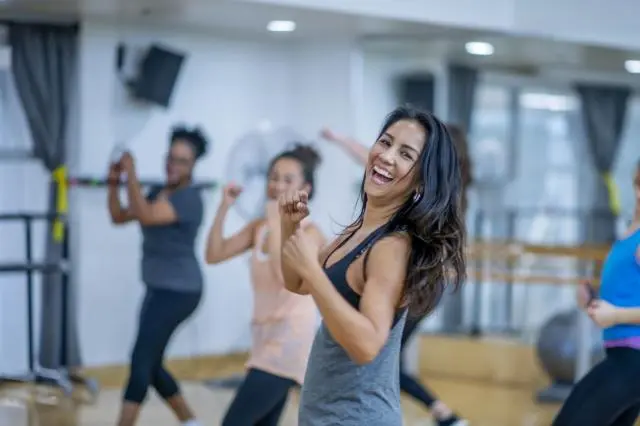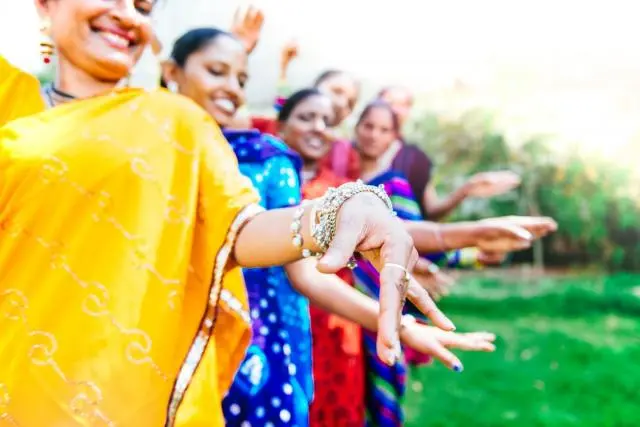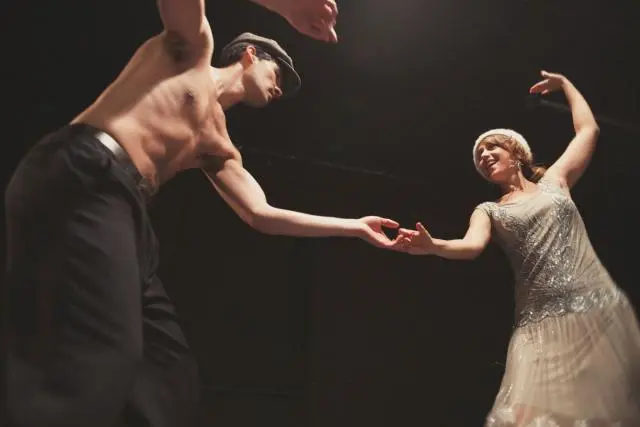
What you need to know about Slowfox
Are you excited to try ballroom dancing? If you have always wanted to dance gracefully gliding across the dance floor, then the Slowfox is the perfect dance style for you. In this step-by-step dance guide, we will take you from beginner to confident Slowfox dancer quickly.
The Slowfox, also known as the Foxtrot, is a smooth and elegant dance that originated in the early 20th century. It is characterized by its flowing movements, long strides, and beautiful synchronization with the music. Whether you're preparing for a wedding, a special event, or simply looking to expand your repertoire, learning the Slowfox will add a touch of sophistication to your dancing skills.
In this guide, we will break down the Slowfox into simple and manageable steps, making it easy for beginners to follow along. From basic footwork to advanced techniques, we will cover it all. Get ready to master the Slowfox and impress your friends and family with your newfound dance prowess. Put on your dancing shoes and let's dive into the world of Slowfox dancing. Get ready to twirl, sway, and glide with elegance and poise. It's time to master the Slowfox!
What is the Slowfox?
The Slowfox is a graceful ballroom dance that belongs to the standard category of dances. It is often referred to as the "Foxtrot" in the United States and is known for its smooth and flowing movements. The dance is performed in 4/4 time, with a slow-slow-quick-quick rhythm. The Slowfox is danced in a closed position, with partners maintaining a strong frame and connection throughout the dance.
The Slowfox is characterized by long, sweeping movements across the dance floor, giving it a sense of elegance and grace. It requires dancers to maintain a smooth and continuous flow, with no sharp or jerky movements. The dance is often performed to slow and romantic music, adding to its charm and allure.
History and Origins of the Slowfox
The Slowfox has its roots in the early 20th century when it emerged as a popular dance style among the upper class in Europe and the United States. It was influenced by a variety of dance styles, including the Waltz and the Tango, and combined elements from these dances to create a unique and sophisticated style.
The Slowfox gained widespread popularity in the 1920s and 1930s, with the rise of big band music and jazz. It became a staple in ballrooms and dance halls, where couples would showcase their skills and elegance on the dance floor. Over the years, the Slowfox has evolved and adapted to changes in music and dance trends, but it has remained a beloved and timeless dance style.
Basic Steps and Footwork of the Slowfox
To master the Slowfox, it's essential to start with the basic steps and footwork. The dance consists of a combination of walking steps and chasses, performed in a smooth and flowing manner. Here's a breakdown of the basic steps and footwork:
-
Walking Steps: The Slowfox begins with walking steps, where partners move forward or backwards in a straight line. The steps are taken on the balls of the feet, with a smooth heel-to-toe action. The leader initiates the movement, and the follower mirrors the steps.
-
Chasses: Chasses are sideways movements that add variety and style to the Slowfox. They can be performed to the left or right side, depending on the choreography. Chasses involve a step to the side with one foot, followed by a closing step with the other foot.
-
Feathering Steps: Feathering steps are an essential component of the Slowfox. They involve a forward step on one foot, followed by a side step with the other foot, and then a closing step. Feathering steps create a beautiful flowing motion across the dance floor.
It's important to practice these basic steps and footwork patterns until they become second nature. Start by practicing them slowly, focusing on maintaining a smooth and continuous flow. As you gain confidence and familiarity with the steps, you can gradually increase the speed and add more complexity to your movements.
Body Posture and Frame in the Slowfox
In the Slowfox, maintaining the correct body posture and frame is crucial for a graceful and synchronized dance. Here are some key tips for achieving the proper body posture and frame:
-
Hold Your Frame: Both the leader and the follower should maintain a strong and connected frame throughout the dance. The frame refers to the positions of the arms, shoulders, and upper body. Keep the elbows slightly bent, maintain a gentle but firm connection with your partner, and avoid leaning or collapsing.
-
Stand Tall: Stand up straight with good posture and engage your core muscles. Keep your head lifted and your gaze forward, focusing on your partner and the direction of movement. Avoid slouching or hunching over, as it can disrupt the flow and elegance of the dance.
-
Relax Your Lower Body: While maintaining a strong upper body, remember to keep your lower body relaxed. Allow your hips and legs to move freely with the music while maintaining control and balance. Avoid tensing up or stiffening your legs, as it can hinder the smoothness of your movements.
By practicing and consistently focusing on your body posture and frame, you will develop the grace and poise necessary for the Slowfox. Remember to communicate with your partner through your frame, ensuring a strong connection and synchronization throughout the dance.
Timing and Rhythm in the Slowfox
Timing and rhythm are essential elements of the Slowfox. The dance is performed in 4/4 time, with a slow-slow-quick-quick rhythm. Here's a breakdown of the timing and rhythm in the Slowfox:
-
Slow: The slow steps in the Slowfox are held for two beats of music. They are performed with a smooth and continuous motion, allowing for a graceful and flowing movement across the dance floor. The slow steps are often used to create long and elegant strides.
-
Quick: The quick steps in the Slowfox are held for one beat of music. They are performed with a slightly sharper and more energetic motion, adding variety and rhythm to the dance. The quick steps are often used to change direction or transition between different movements.
It's important to listen carefully to the music and internalize the timing and rhythm of the Slowfox. Practice counting the beats and steps, ensuring that your movements align with the music. Developing a strong sense of timing and rhythm will allow you to dance with confidence and musicality.
Common Mistakes to Avoid in the Slowfox
While learning the Slowfox, it's common to make mistakes. However, being aware of these mistakes can help you avoid them and progress more quickly. Here are some common mistakes to watch out for:
-
Lack of Posture: One of the most common mistakes in Slowfox is a lack of proper posture and frame. Remember to maintain a strong and connected frame throughout the dance, as it is essential for leading and following effectively.
-
Rushed Movements: The Slowfox is meant to be danced with elegance and grace. Avoid rushing through the steps and movements, as it can disrupt the flow and beauty of the dance. Take your time and focus on maintaining a smooth and continuous motion.
-
Losing Connection: The connection between partners is vital in the Slowfox. Avoid losing connection with your partner by maintaining a firm and consistent frame, and by staying connected through your core muscles. Communication between partners is key for a synchronized and enjoyable dance.
By being mindful of these common mistakes and actively working to correct them, you will progress more rapidly in your Slowfox journey. Remember that learning to dance is a process, and it's natural to make mistakes along the way. Stay patient, practice regularly, and seek feedback from experienced dancers or instructors to improve your technique.
Tips for Improving Technique in the Slowfox
To enhance your technique and become a confident Slowfox dancer, consider incorporating these tips into your practice routine:
-
Practice Slowly: Slow down your movements and practice each step and pattern slowly, focusing on precision and technique. By practicing at a slower pace, you can refine your movements and develop muscle memory, which will eventually translate to smoother and more effortless dancing.
-
Record Yourself: Use a video camera or smartphone to record yourself while practicing the Slowfox. Analyze your movements, posture, and frame to identify areas that need improvement. This visual feedback can be invaluable in refining your technique and making necessary adjustments.
-
Take Lessons or Workshops: Consider taking lessons or workshops from experienced Slowfox instructors. They can provide valuable guidance, feedback, and personalized instruction to help you improve your technique and progress more rapidly.
-
Dance with Different Partners: Dancing with different partners will expose you to different styles, techniques, and approaches to the Slowfox. It will challenge you to adapt and adjust your dancing, ultimately making you a more versatile and adaptable dancer.
Remember that improving your technique in the Slowfox is a continuous process. Stay committed to regular practice, seek feedback, and never stop learning. With time and dedication, you will see significant progress and become a master of the Slowfox.
Slowfox Variations and Advanced Steps
Once you have mastered the basic steps and techniques of Slowfox, you can explore various variations and advanced steps to add flair and creativity to your dancing. Here are a few popular Slowfox variations:
-
Reverse Turns: Reverse turns are a classic variation in the Slowfox. They involve a change in direction, where partners rotate in the opposite direction while maintaining the fluidity and elegance of the dance.
-
Feather Finish: The feather finish is a stylish and dramatic ending to a sequence of steps in the Slowfox. It involves a sweeping movement across the dance floor, with the leader guiding the follower into a graceful closing position.
-
Closed Telemark: The closed telemark is an advanced step that adds complexity and precision to the Slowfox. It involves a series of intricate footwork and turns, requiring strong technique and control.
These are just a few examples of the many variations and advanced steps that can be incorporated into the Slowfox. As you progress in your dance journey, experiment with different variations, and explore your unique style within the framework of the dance.
Slowfox Music and Recommended Songs for Practice
To enhance your Slowfox dancing experience, it's important to choose the right music. Slow and romantic songs with a 4/4 time signature are ideal for practicing the Slowfox. Here are a few recommended songs to get you started:
-
"Fly Me to the Moon" by Frank Sinatra: This timeless classic is perfect for practicing the Slowfox. Its smooth and melodic rhythm will inspire you to glide across the dance floor with elegance and grace.
-
"Moon River" by Andy Williams: This beautiful song evokes a sense of romance and nostalgia, making it an excellent choice for Slowfox practice. Its gentle and flowing melody will help you maintain a steady and graceful pace.
-
"The Way You Look Tonight" by Tony Bennett: This iconic song is a popular choice among Slowfox dancers. Its upbeat yet romantic melody will transport you to a bygone era of elegance and sophistication.
Remember to explore different artists and songs to find the music that resonates with you and inspires your Slowfox dancing. Experiment with different tempos and styles to challenge yourself and enhance your musicality.
Conclusion and Final Thoughts on Mastering the Slowfox
Congrats on finishing our Slowfox guide! Practice makes perfect, so take it slow, enjoy the ride, and celebrate each step. The elegant Slowfox dance will keep inspiring you with its beauty.
Remember, learning takes time, especially for the challenging Slowfox. Stay patient, dance at your own pace, and savor the progress. With passion and practice, you'll soon glide across the floor gracefully.
Finding a dance partner can be tough, but we have a solution at Lets-Dance. Register, create your profile, and discover partners for every style and level. Happy dancing!
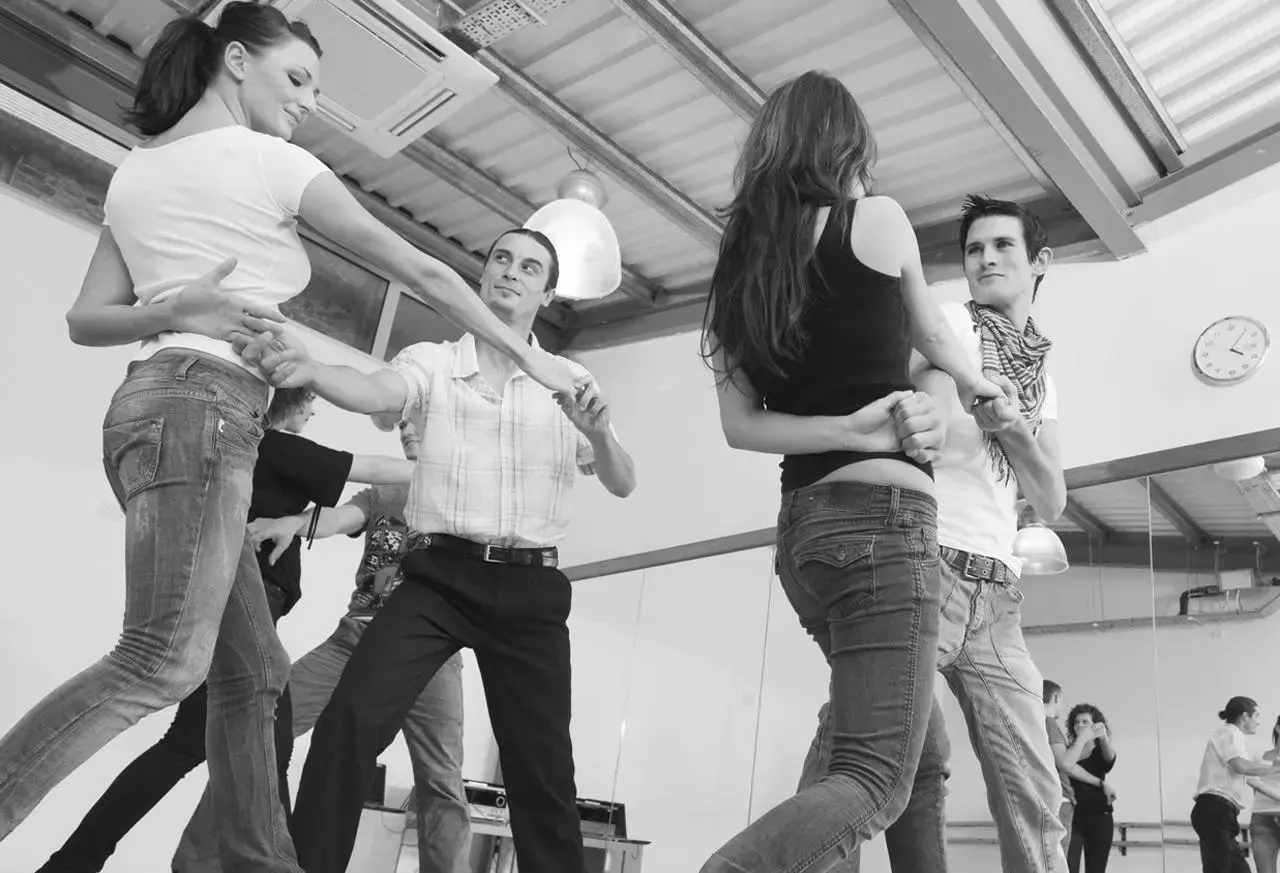
Dance partners
Create your dance profile on Lets-Dance
Dancewear, shoes & accessories
Discover dance schools
Register your dance school
Popular blog posts about dancing
Slowfox in your city
Top cities for finding a dance partner
